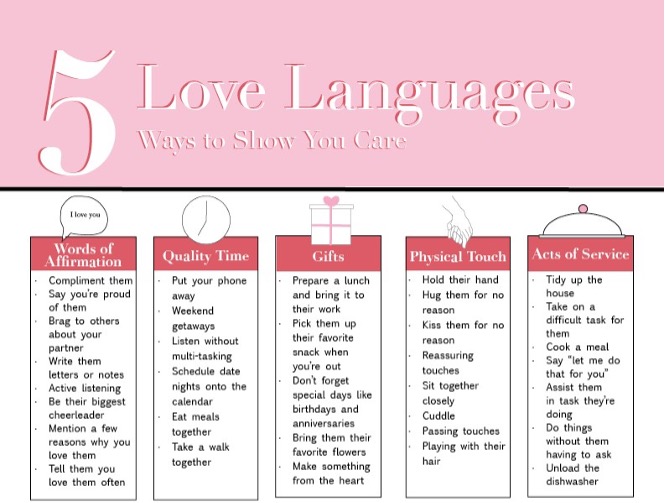April 5, 2021
Your Blended Family with Therapy
Therapy can assist blended families (e.g.- step parents, step brothers, step sisters, or other forms of current/past relationships) in many ways. Here are some ways family counseling can assist the many types of blended families:
- Betterment: A common misconception is that there must be tension in order to seek family counseling; however, therapy can be used to simply seek a place of betterment. To help with communication and for family cohesiveness.
- Preventative: It is best to seek therapy before tension arises so as to prevent certain barriers, foresee red flags, have appropriate expectations, and learn constructive tools to minimize any future tension.
- Discussions and Transitions: Communication is the foundation to trust and bonding in families. A therapist can bring a different perspective, encourage understanding, and offer communication methods. This also allows for smoother transitions.
- Easing Tension: Tension can still be addressed and eased with therapy blended families. A therapist can bridge the disconnect between each family member and show how to build a foundation.

(Image Credit: Core Wellness)
Where to Start
Here are a few considerations in how to strengthen familial bonds. It is important to note that blended family therapy gives a deeper, guided perspective to these topics and more.
- Discuss Roles: Familial roles can look drastically different for each family and each culture, especially for step parents, step brothers, step sisters, and other new members. A discussion on how each person perceives their role and other roles could minimize some frustration.
- Listen: Listening is providing eye contact, giving your undistracted attention, not interrupting, and showing interest. It is good that you keep the focus on the person and not redirect the conversation onto yourself. It is key to know when to give advice and when to just listen.
- Patience: Each blended family adjusts at their own pace. For instance, a step sister or step brother will need the time to develop familial bonds with their new sibling(s). Each person also has their own process, and it is ok if it takes time.
- Empathy: Frustration comes from misunderstandings or unmet expectations. Empathy can minimize this by taking the time to understand how someone feels and why.
- Quality Time: Quality time is when you dedicate time to another while being fully present and undistracted. Spending time in shared interests or taking interest in someone else’s hobby also encourages bonding. For instance, a step brother and step sister can build familial bonds through their own shared hobbies while a step parent bonds with a step child by spending exclusive quality time with them. Even just regular family meals show an increase in social structures and emotional health (Utter et al., 2019).
- Love Languages: Each person has their own way in how they show love and how they want to receive love. Knowing each other’s love language and acting upon them could encourage bonding (University of Arizona, 2017).

(Image Credit: Kellie Marie)
All therapy blended families have their own unique hurdles and victories, and therapy can assist you and your family through it all.